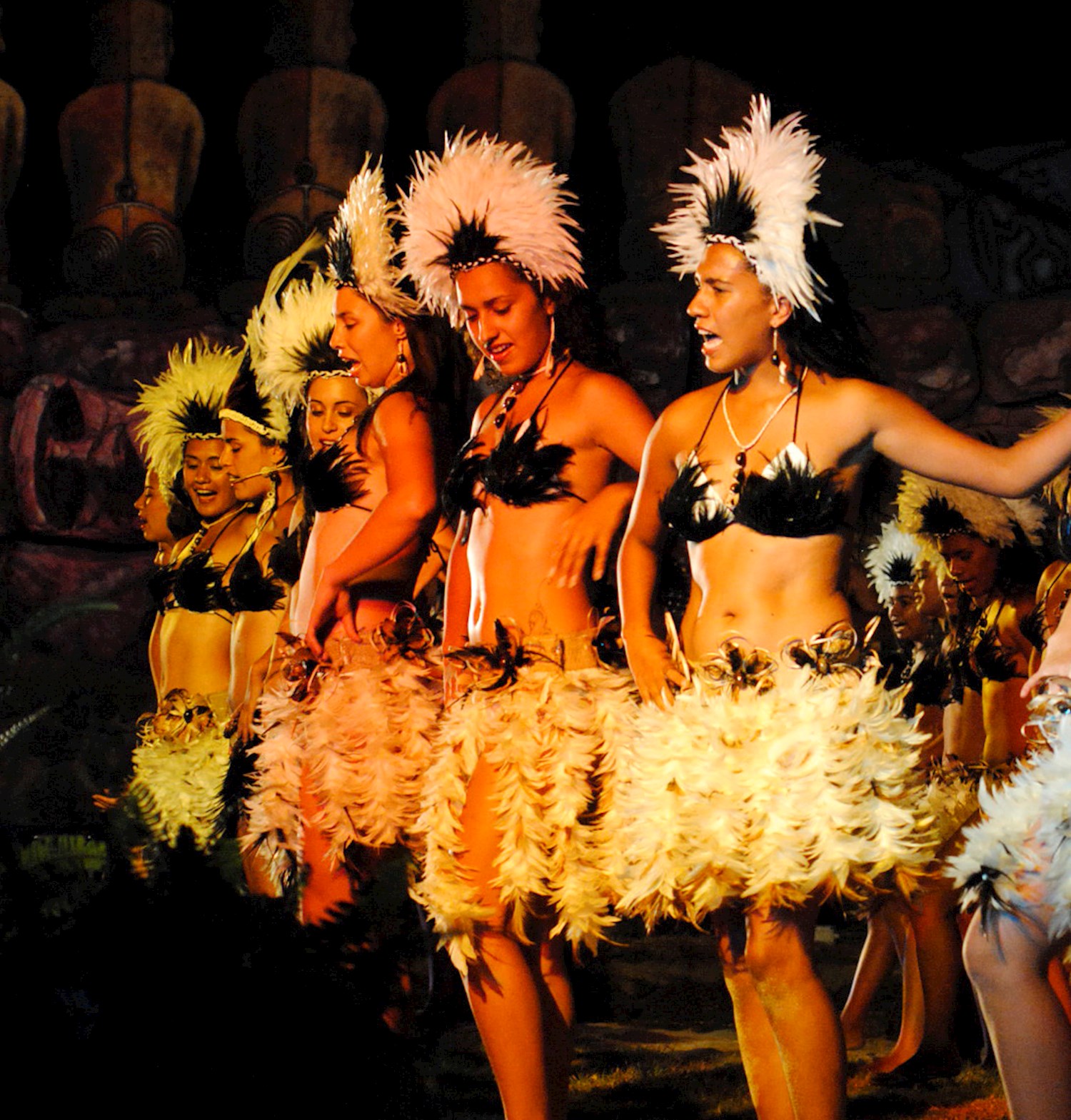Tapati Rapa Nui is an annual two-week festival held in early February where two families compete in island-wide cultural competitions such as music, sculpture, sports, body painting, fishing and much more. Each of the two families has a representative - a queen candidate.
about Tapati Rapa Nui
Why do people celebrate Tapati festival? The unique Tapati commemorates the arrival of the first Polynesian settlers and their king, Hutto Matua, where the island was uninhabited. During the festival, visitors can immerse themselves in the magical world of Rapa Nui and its traditions.
Where is Tapati Rapa Nui? Easter Island, Chile(a country in the western part of South America)
What happens in Tapati festival? The festival includes numerous dance and singing competitions as well as traditional sporting events such as swimming, canoeing, horse racing, haka pi and island triathlon.
Who celebrates Tapati Rapa Nui? For two weeks in mid-February, the people of Easter Island put aside their daily routines, don their traditional clothes and participate in this spectacular cultural celebration. The name of this big party is Tapati Rapa Nui, which means "Rapa Nui Week" in English.
three traditional races
Easter Island has its triathlon – the Taua Rapa Nui – which is one of the most impressive competitions during the Tapati festival and draws crowds from around the island. It's held in the magical setting of the Rano Raraku crater and consists of three traditional races:
-
Pora
-
the Aka Venga
-
the Vaka Ama
The Pora race
Pora is Taua Rapa Nui's first triathlon. It involves paddling across the lake inside the Rano Raraku Crater on a reed boat. All participants are dressed in traditional clothes and decorated with body paint.
Aka Venga race
Aka Venga is the second race in the Taua Rapa Nui Triathlon. Participants run around the lake carrying two bunches of bananas on their shoulders - this is considered the most grueling event of the triathlon.
vaka Ama Race
During the final leg of the Taua Rapa Nui triathlon, the Vaka Ama race, participants swim across the lake using a small reed boat as a board.
Other
Takona: the art of body painting
Also part of Tapati's festivities is Takona, a body painting contest that's taken very seriously by young men. They use the technique of mixing natural pigments and clay. The aesthetics and symbolic significance of the designs are taken into consideration by a jury.
Haka Pei contest
The pinnacle of the Tapati celebration is without a doubt the Haka Pei. A dozen male contestants, wearing nothing but body paint and a breechcloth, speed downhill on a makeshift sled made of two banana tree-trunks lashed together with twine on the steep, 120m-long slope of the Cerro Pui hill. The speed can reach a hair-raising 70km per hour.
Horse races
The horse races, which take place along a coastal track. The bareback riders tear along the racetrack several times.
Traditional dancing
During the evening, dancing contests take place on a huge purpose-built stage in a vast field by the seashore just outside the island's main town of Hanga Roa. Each night, a number of groups participate in exuberant Polynesian routines, with ukuleles jangling and drums pounding long into the night, while judges mark their performances.
Culinary and cultural delights
Events during the Tapati festival also include traditional meal preparations as well as arts and crafts displays.During Tapati, numerous craftspeople exhibit their handicrafts such as shell necklaces, baskets and wood- and stone-carvings.
